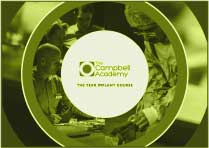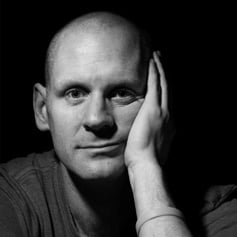Last Thursday I travelled to London to speak at the ADI Study Club in the West End on the subject of ‘Digital Sinus Grafting’ It was a combination of a couple of the things we gave been working on in the practice over the last few years which is the digital planning and implant dentistry together with simultaneous sinus grafting, which in fact has been running in my practice for almost ten years.
Tomorrow night I give a webinar for Geistlich on the subject of simultaneous sinus grafting which breaks out one of those titles into a longer session and I wanted to just touch on it here for anybody who might be interested in this. It’s purely dental so if you’re not then switch off now!
Since 2008 I have provided the majority of my sinus grafts as simultaneous procedures, placing the implants at the same time as the graft. For a time we respected a 5mm residual height in sinus grafting but then realised that primary stability was the more important indicator, and the ability to achieve a fairly rigid primary stability during surgery of the implant, meant that we could place a dental implant in a sinus grafted site more commonly than we were already doing. We pushed on with this process but measured every single sinus graft provided and last Friday we were able to present 331 implants since 2008 which have been placed in sinus grafting procedures in my practice (this constitutes all of the implants placed in sinus grafts in my own practice during that time).
The survival rate of implants in this procedure in our practice is 98% over that time with 36 of the implants being in position for less than one year. The 98% survival rate still exists when we reduce the numbers back to 2015 and look at implants in function for at least one year. The essence of the procedure is to use autogenous bone at 25% ratio and DBBM at 75%, to gain primary stability and to measure the implant stability quotient (ISQ) at the time of placement and then 6 – 8 weeks later before anticipated reconstruction.
Over 96% of my implants placed in sinus grafting sites are therefore simultaneous with the vast majority of those being restored in less than ten weeks, many at six weeks based on ISQ numbers. This corresponds to a 98% implant survival rate. For those of you not interested in sinus grafted this will make no sense but for those of you interested in sinus grafting it reduces the need for separate sinus procedures and reduces down the healing time enormously for sinus cases. If you combine this with the now well proven treatment modality of distal cantilever restorations to avoid sinus grafting completely then it means that were now reducing surgical exposure and treatment times to patients dramatically in this area. The guys at the ADI Study Club last Friday saw this lecture in 50% of its form as we linked it with digital surgery.
The guys at the Glasgow ITI Study Club in March will see a similar lecture although it will be altered for then. If you are interested in this subject then there’s a free webinar that I am presenting tomorrow with an hour on simultaneous sinus grafting, demonstrating the whole concept and figures. It’s run by Geistlich and you can find out all the information here. For those of you going to the ADI Congress, my friend and colleague Nish Yadev will be presenting these service evaluation figures via our research team at the practice as an ADI poster in the poster competition. If you’re there please go and say hi. I won’t be with him then but give him a tap on the shoulder and say hi, he’s a lovely guy!
If you’re interested in exploring this further though and you wish to bring it into your own practice then our Sinus Grafting Live Skills Course is coming up in May this year. This is a course ran by myself and Andy (Legg) but with guest speakers including Craig Wales and Colin MacIver who are craniofacial surgeons from Glasgow and who assist us with all the anatomy and the cadaver dissection. There are theory lectures, model surgeries and then a full day of cadaver surgery to experiment with the technique of simultaneous placement. There is then live surgery on the Saturday at The Campbell Clinic. The details are here and you can contact Tom at the Academy if you’re interested!
Blog Post Number - 1200





Leave a comment